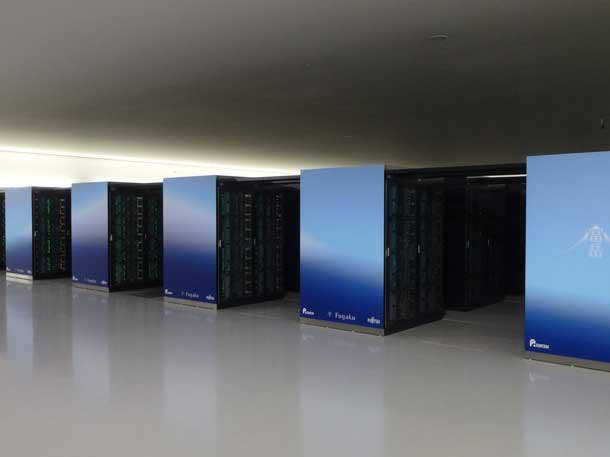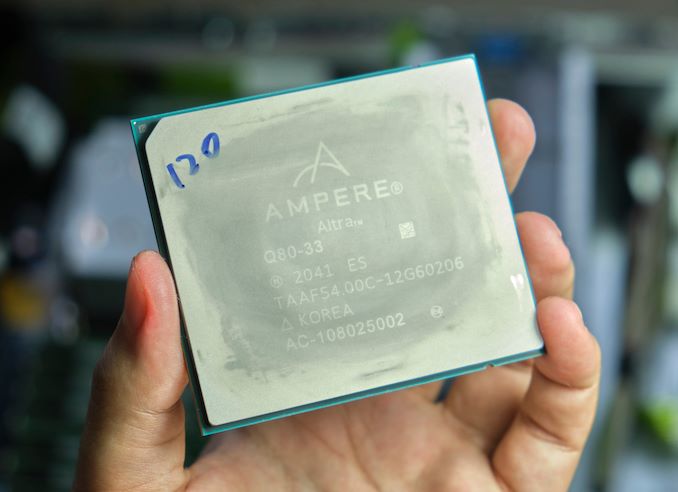Originally posted by Qaridarium
Here is their page: https://www.w3.org/community/gpu/
They have not released anything.
Please keep the discussion grounded in what's real and exists -- not in your hopes and dreams.
Originally posted by Qaridarium
Originally posted by Qaridarium
However, by not being a standard, that means I'm very unlikely to get alternate implementations from competitors, and that's a requirement for me.
Originally posted by Qaridarium
OpenGL is not only for games. There's a lot of professional software that uses OpenGL, partly because OpenGL is more portable and partly because it has greater accuracy guarantees.
OpenGL is extremely-widely supported, as well. DirectX exists only on Windows and through emulation.





Comment